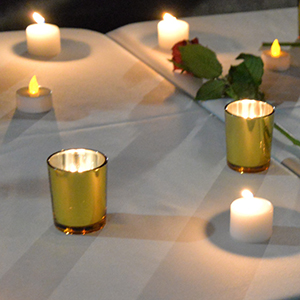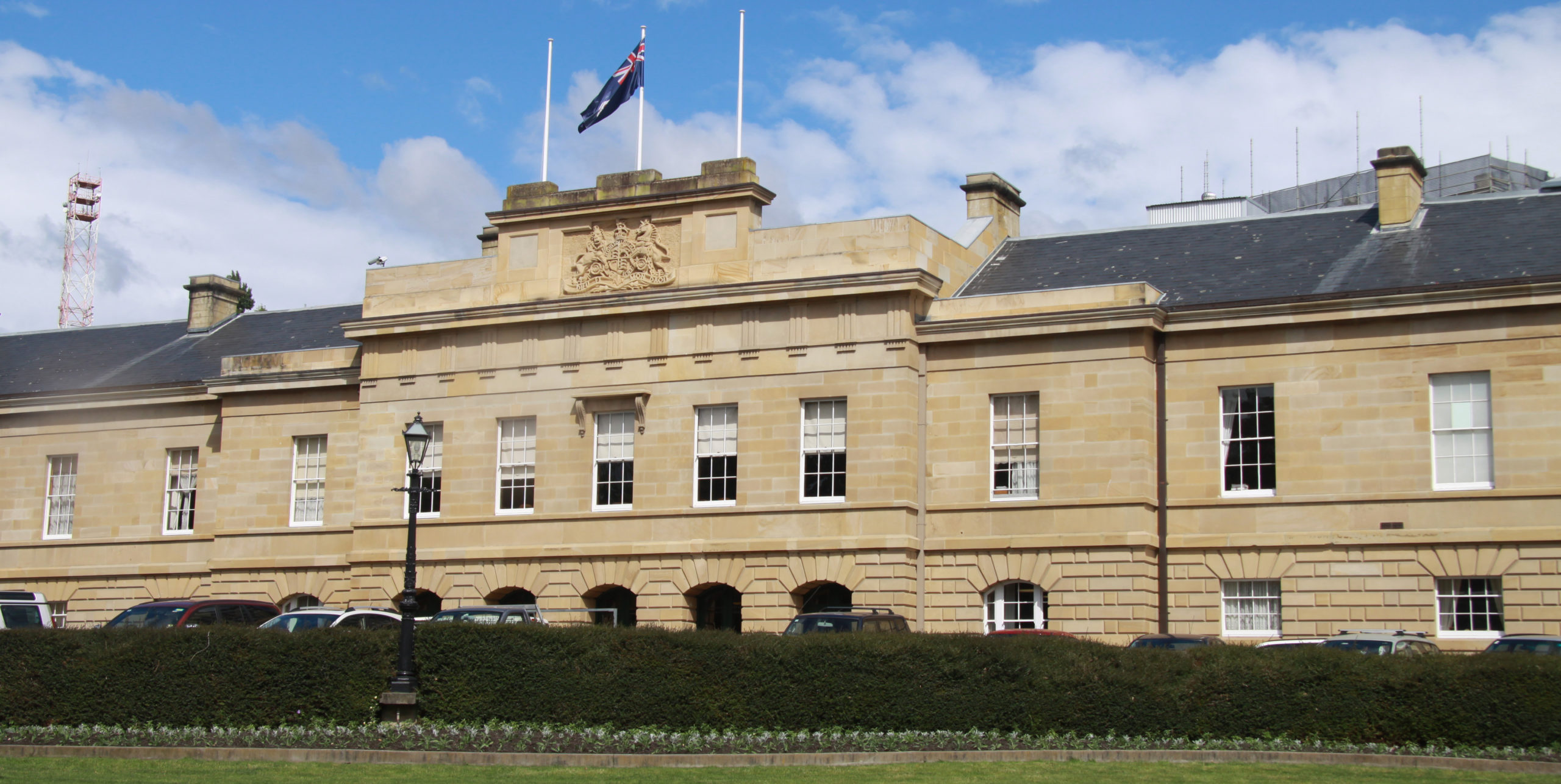- State Government funded Large Aerial Tanker (LAT) on standby to fight fires
- All 36 firefighting and intelligence aircraft in aerial fleet now operational
- Black Hawk helicopters activated three weeks early in response to bushfire risk
Western Australia’s aerial firefighting fleet is in full force from today, with two Black Hawk helicopters and the WA Large Air Tanker (LAT) coming online.
Emergency Services Minister Stephen Dawson said the Black Hawks have been activated three weeks early in response to the high bushfire risk in WA, ensuring that the State has all its aerial resources ready for deployment.
The LAT, a C130 Hercules, begins its 90-day posting in WA for the second year after the Cook Government’s ongoing commitment to secure the aircraft for the bushfire season.
Each Black Hawk can hold up to 4,500 litres of water or suppressant, while the C130 has a capacity of more than 15,000 litres and can cruise at speeds of up to 545km/h.
Most of the aerial fleet was activated early throughout October and November in response to the early start to bushfire season, while the Department of Fire and Emergency Services (DFES) secured LATs from the Rural Fire Service in New South Wales for periods of high fire risk until the State’s own aircraft was available.
This season DFES will also relocate two Helitak Bell 412B aircraft to Gingin from 7 December to boost firefighting capability north of Perth, with aircraft regularly relocated to regional air bases as the bushfire risk profile changes on a weekly basis.
There have been 1,611 bushfires since early October and the aerial fleet has already flown 376 hours across 42 incidents, completing 926 drops of more than two million litres of water and retardant on firegrounds from Karratha to Esperance.
The aerial fleet comprises 36 rotary and fixed-wing suppression and aerial intelligence aircraft and is managed by the Department of Fire and Emergency Services and Department of Biodiversity, Conservation and Attractions (DBCA).
During 2022-2023 the fleet logged more than 1,400 hours of flight time and completed 3,579 drops of 10.3 million litres across the State.
Comments attributed to Emergency Services Minister Stephen Dawson:
“While Western Australia is experiencing a high-risk bushfire season, our emergency services have been preparing for months including training and bringing forward key resources like the aerial fleet to keep the community safe.
“The Cook Government is proud to fund the Large Air Tanker as part of our investment to boost our firefighting arsenal to support fire fighters and protect local communities.
“Highly skilled and experienced career and volunteer personnel from DFES and DBCA will be supported on the fireground by a fleet of advanced and agile aircraft that provide aerial suppression, containment and intelligence.
“I urge every Western Australian to finalise their bushfire preparations now and use the My Bushfire Plan app or website to make critical safety decisions in case they are threatened by a fire.”
Comments attributed to Fire and Emergency Services Commissioner Darren Klemm AFSM:
“The aerial fleet is integral to our firefighting strategies, particularly when fires occur in challenging and remote terrain or when there are extreme fire conditions.
“While some aircraft are usually available in November, the full aerial fleet would typically not commence until late December, consistent with when we start to experience high-risk fire conditions.
“The steps we have taken this year should send a strong message to the community that WA is facing an unusually long and dangerous bushfire season, and everyone needs to be prepared.
“It is very concerning that only just over one per cent of households have a recorded bushfire plan and I ask everyone to take the time to sit down with your family now and agree on your course of action using the My Bushfire Plan platform.”






